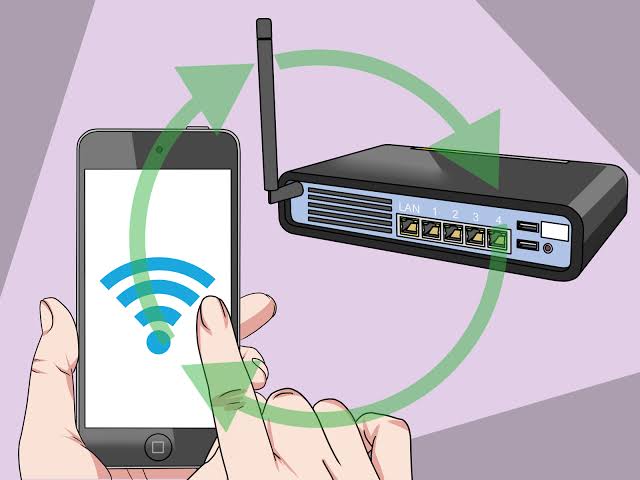Forgetting a WiFi password can be frustrating, especially when you need to connect a new device or help a friend get online. This is why it’s needed to know how to recover forgotten WiFi passwords.
Fortunately, there are several ways to recover your password safely, whether you are using Windows, macOS, Android, iPhone, or your router.
This guide will walk you through practical methods to retrieve a forgotten WiFi password without compromising security.
1. Check Your Device’s Saved WiFi Passwords
Most devices store WiFi passwords for networks you have connected to previously. You can retrieve them from your device’s settings.
- On Windows: Go to Control Panel > Network and Sharing Center > WiFi Connections > Wireless Properties > Security tab, and check “Show Characters.”
- On macOS: Open Keychain Access, find your WiFi network, and choose “Show password” after entering your Mac password.
- On Android: Some devices allow viewing saved passwords under Settings > Network & Internet > WiFi > Saved Networks. Some require a Google account sync or root access.
- On iPhone: iCloud Keychain can store WiFi passwords. Go to Settings > Passwords, search for the network, and view the saved password after authenticating.
2. Look on Your Router
Your router typically has the WiFi password printed on a sticker or accessible via its admin interface.
- Check the router itself for a sticker labeled SSID or WiFi key.
- Log in to the router’s web interface by entering the IP address (usually 192.168.0.1 or 192.168.1.1) in a browser, then navigate to the Wireless settings section to view the password.
- If you cannot log in, use the default admin credentials provided in the router manual or on the sticker.
3. Use Command Prompt or Terminal
You can retrieve saved WiFi passwords using command-line tools on your computer.
- On Windows: Open Command Prompt and type `netsh wlan show profiles`. Then type `netsh wlan show profile name=”NETWORK_NAME” key=clear` to display the password under “Key Content.”
- On macOS or Linux: Use terminal commands like `security find-generic-password -D “AirPort network password” -a “NETWORK_NAME” -w` for macOS, or check `/etc/NetworkManager/system-connections/` on Linux.
4. Check Your Internet Service Provider Account
Some ISPs store your WiFi password in your online account dashboard.
- Log in to your account on your ISP’s website or mobile app.
- Look for sections like WiFi settings, network settings, or connected devices.
- You may be able to view or reset the password directly.
5. Use a Password Manager
If you use a password manager, it might have saved your WiFi passwords along with other credentials.
- Check apps like LastPass, 1Password, or Dashlane.
- Search for the network name or router login credentials.
- This method can help if you regularly save WiFi passwords for multiple devices.
6. Reset Your Router if All Else Fails
If you cannot recover your password using the methods above, you can reset your router to factory settings.
- Press and hold the reset button (usually on the back of the router) for 10–30 seconds.
- After the router restarts, you can set a new password using the admin interface.
- Keep in mind that resetting your router will disconnect all devices, so you will need to reconnect them.
FAQs on How to Recover Forgotten WiFi Passwords
Can I see a WiFi password on my phone without using a computer?
Yes. On iPhones, use iCloud Keychain under Settings > Passwords. On some Android devices, saved networks can be accessed under Settings > WiFi > Saved Networks.
Is it safe to recover WiFi passwords from my router?
Yes, accessing your router’s admin interface or the password sticker is safe as long as you are on a trusted network and use the correct login credentials.
Can I recover a WiFi password I never saved on my device?
If the password is not saved on your device, you may need to check your router, ISP account, or ask the network administrator. This is why it’s important to know how to recover forgotten WiFi passwords.
Are there apps that can help me recover WiFi passwords?
Yes, some apps can reveal saved passwords on rooted Android devices, or you can use password managers that stored the network credentials. Use caution and avoid untrusted apps.





